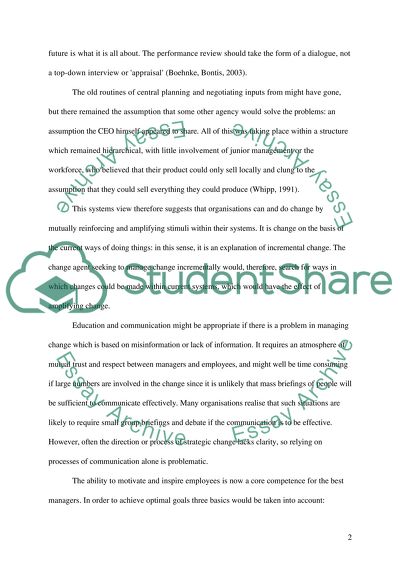Cite this document
(Transformational Leadership Assignment Example | Topics and Well Written Essays - 2000 words, n.d.)
Transformational Leadership Assignment Example | Topics and Well Written Essays - 2000 words. https://studentshare.org/human-resources/1528139-transformational-leadership
Transformational Leadership Assignment Example | Topics and Well Written Essays - 2000 words. https://studentshare.org/human-resources/1528139-transformational-leadership
(Transformational Leadership Assignment Example | Topics and Well Written Essays - 2000 Words)
Transformational Leadership Assignment Example | Topics and Well Written Essays - 2000 Words. https://studentshare.org/human-resources/1528139-transformational-leadership.
Transformational Leadership Assignment Example | Topics and Well Written Essays - 2000 Words. https://studentshare.org/human-resources/1528139-transformational-leadership.
“Transformational Leadership Assignment Example | Topics and Well Written Essays - 2000 Words”. https://studentshare.org/human-resources/1528139-transformational-leadership.


